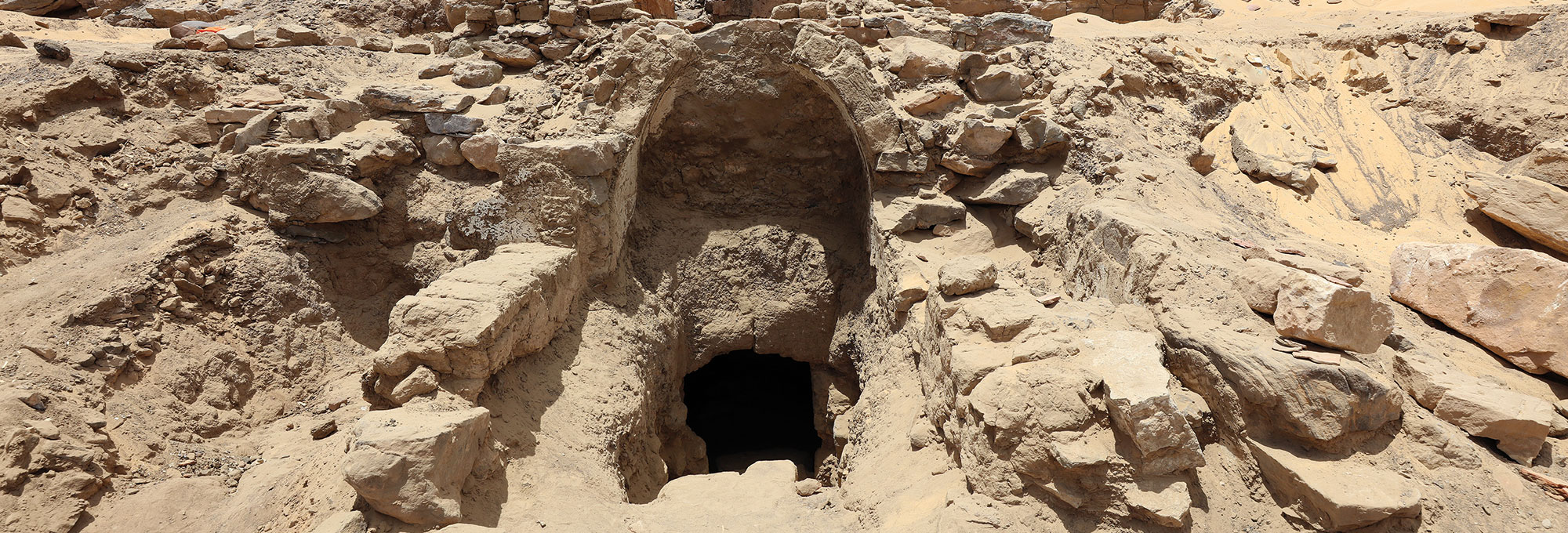LIVERPOOL, ENGLAND—Researchers led by Karl T. Bates of the University of Liverpool have created a virtual musculoskeletal model of Lucy, the name given to the remains of a 3.2-million-year-old Australopithecus afarensis hominin, in an effort to simulate her ability to run, according to a Live Science report. The study also modeled the possible maximum speed, endurance, and energy costs associated with running for A. afarensis, which had a large upper body, long arms, and short legs. The simulations indicate that Lucy’s top running speed was about 11 miles per hour, or slower than a modern human’s recreational running speed of about 13.5 miles per hour. A. afarensis would have also used between 1.7 and 2.9 times more energy than a modern human to maintain a running gait. The researchers suggest that Lucy’s running may have been made more inefficient by a less springy Achilles tendon connecting the calf and ankle muscles to the heel bone than that of modern humans. The shape of the triceps surae, a group of muscles in the calf, also differs from that of modern humans, and may therefore have had an impact on Lucy’s locomotion as well, the researchers concluded. Read the original scholarly article about this research in Current Biology. To read about a species that shared characteristics with other early hominins such as Lucy, go to "Cradle of the Graves."
How Fast Could “Lucy” Run?
News January 2, 2025
SHARE:
Recommended Articles
Artifacts November/December 2019
Australopithecus anamensis Cranium
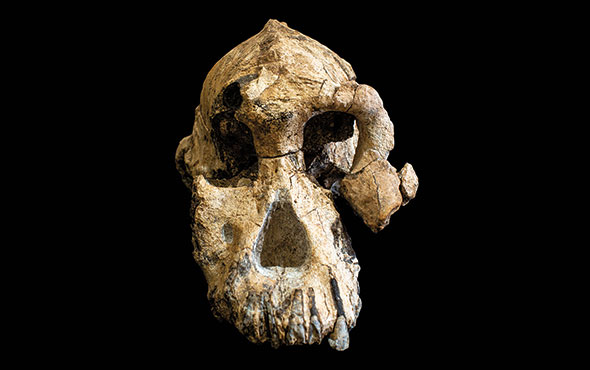
(Dale Omori/Cleveland Museum of Natural History)
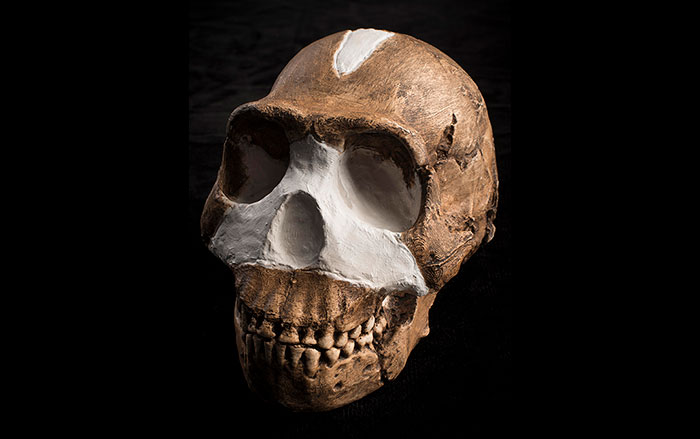
(Courtesy John Hawks/Wits University)
Digs & Discoveries May/June 2022
Cradle of the Graves
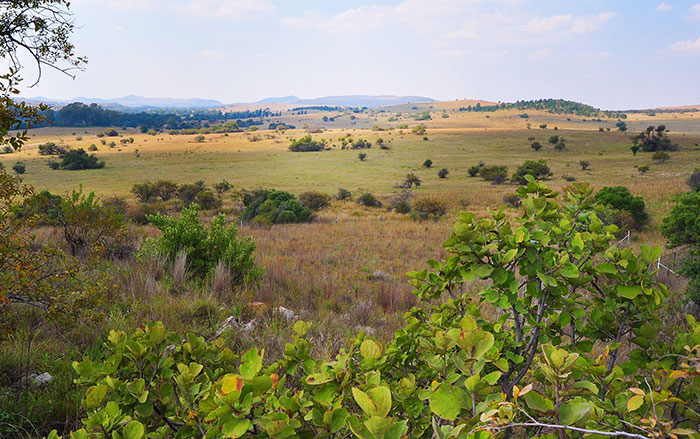
(Vita/Alamy Stock Photo)
Digs & Discoveries November/December 2021
China's New Human Species
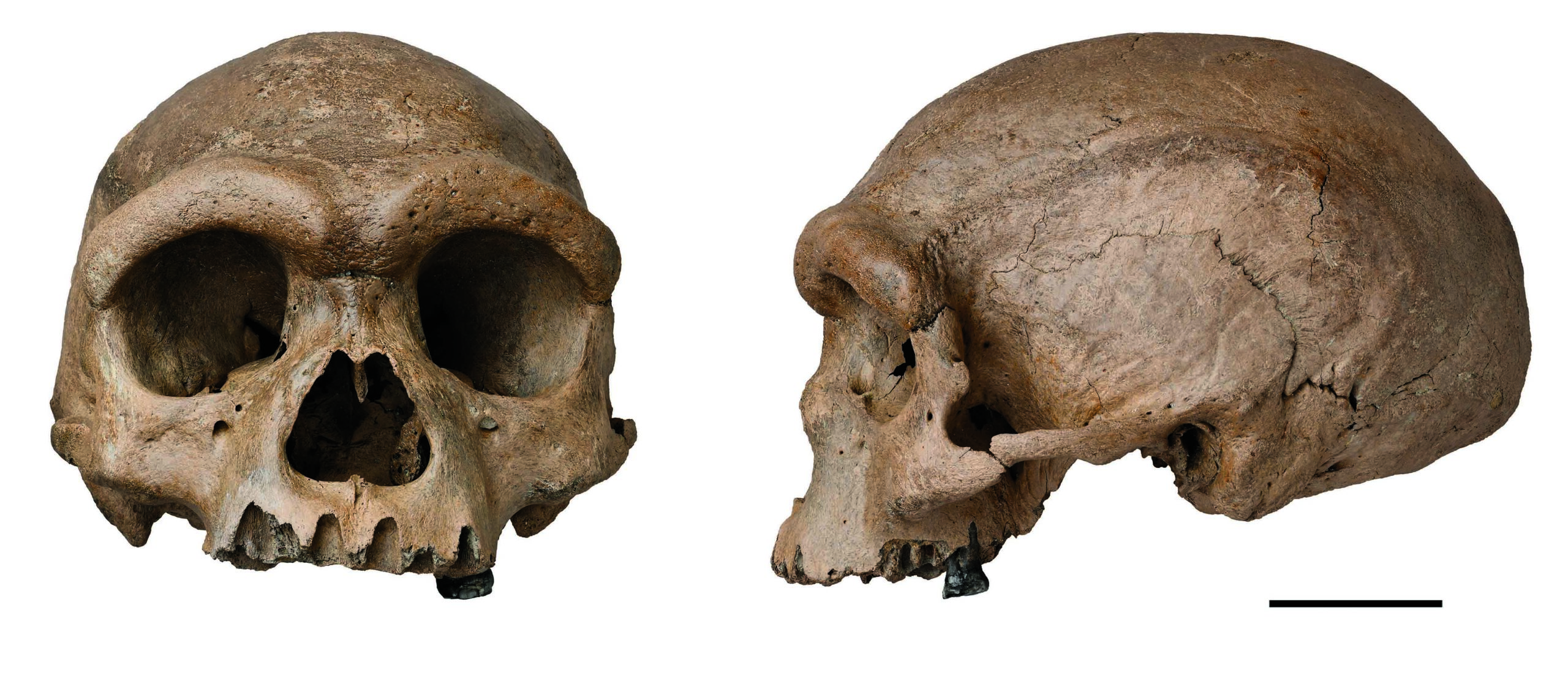
(Wei Gao)
-
Features January/February 2025
Dancing Days of the Maya
In the mountains of Guatemala, murals depict elaborate performances combining Catholic and Indigenous traditions
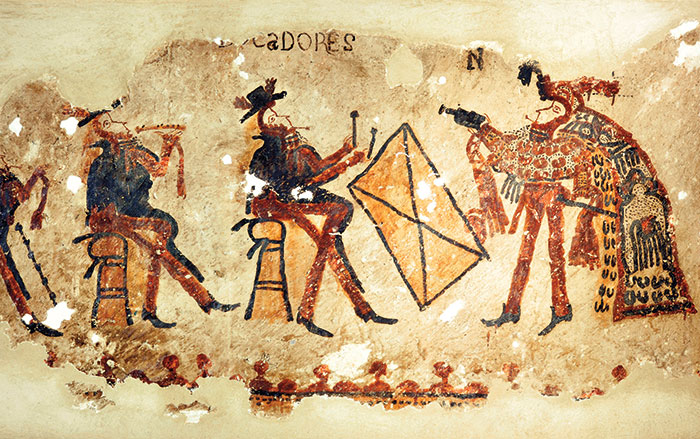 Photograph by R. Słaboński
Photograph by R. Słaboński -
Artifacts January/February 2025
Mesopotamian Sculpture of a Head
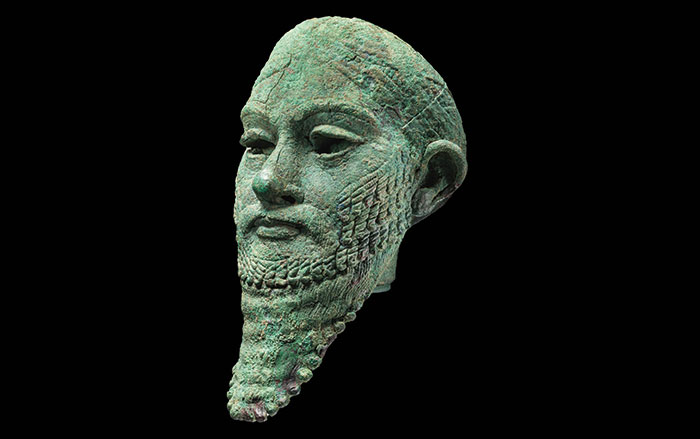 The Metropolitan Museum of Art, New York
The Metropolitan Museum of Art, New York -
Digs & Discoveries January/February 2025
Bad Moon Rising
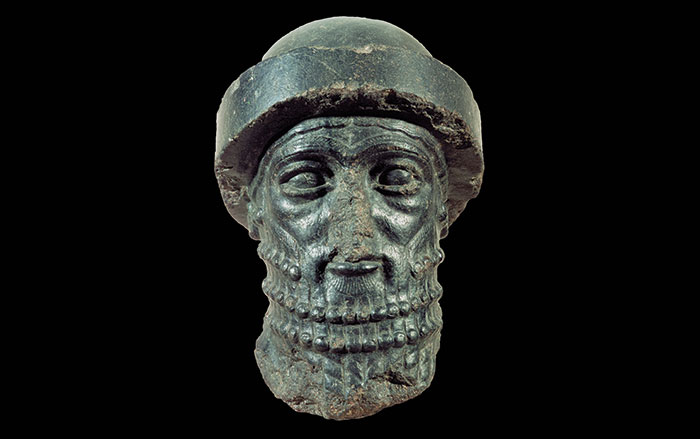 Erich Lessing/Art Resource, NY
Erich Lessing/Art Resource, NY -
Digs & Discoveries January/February 2025
100-Foot Enigma
 George E. Koronaios/Wikimedia Commons
George E. Koronaios/Wikimedia Commons


